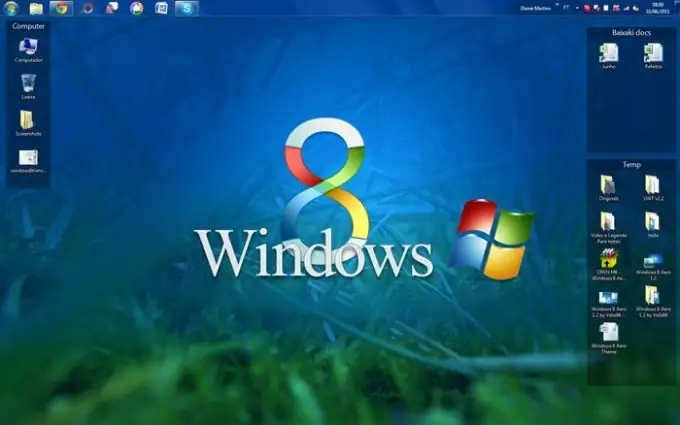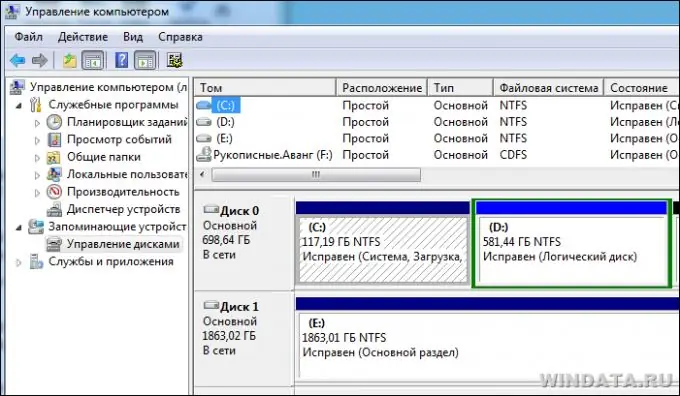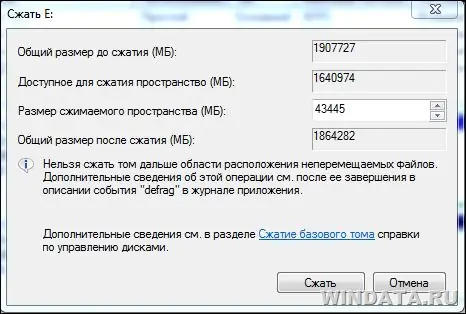The new Windows 8 operating system contains features that can "confuse" longtime Windows users. However, for newbies, Windows 8 supports multiboot. This feature is useful if you do not want to part with Windows 7, if you have outdated hardware or software that requires an older version of Windows.

Instructions
Step 1
Run the Disk Management tool on a Windows 7 computer. To do this, click Start and type "diskmgmt.msc" in the search bar. The Disk Management tab shows all available storage devices.

Step 2
Select the hard drive where you will install Windows 8. The best choice is Disk 0, which is your primary hard drive. This drive should already be showing your Drive C.
Step 3
Check the free space on the selected drive. Most computers without dual boot are configured so that the entire disk is occupied. Therefore, you will have to shrink the existing disk.
Step 4
Right-click on the partition that has free space and choose Shrink Volume. After that, the computer will estimate and report how much free disk space. You will need at least 16 GB of free space to install Windows 8 32-bit and 20 GB for Windows 8 64-bit. Enter 160000 or 200000 in the Enter the amount of space to compress in MB field. Increase this number if you want more storage space for files and programs in Windows 8. Click the Shrink button to continue. After the partition is created, name it "Windows 8" to avoid confusion.

Step 5
Right click on the new unallocated space and select "New Volume", leave the default. Make sure to select the NTFS file system.
Step 6
Insert your Windows 8 installation disc or USB drive into your computer. When the new drive is formatted, restart your computer. The installation of the disc begins.






